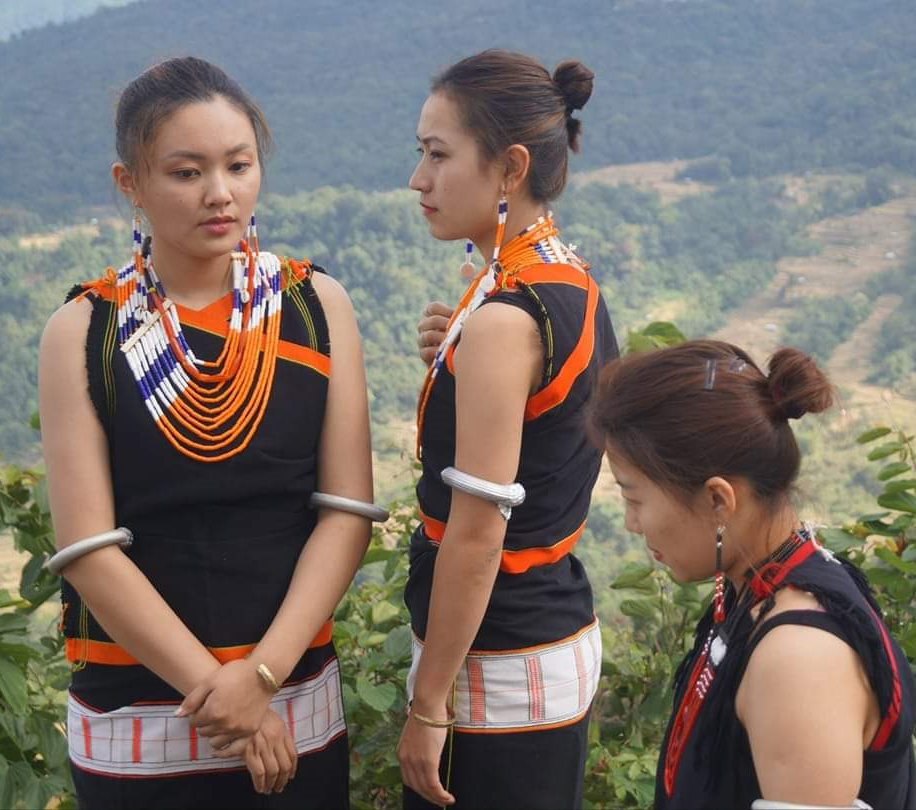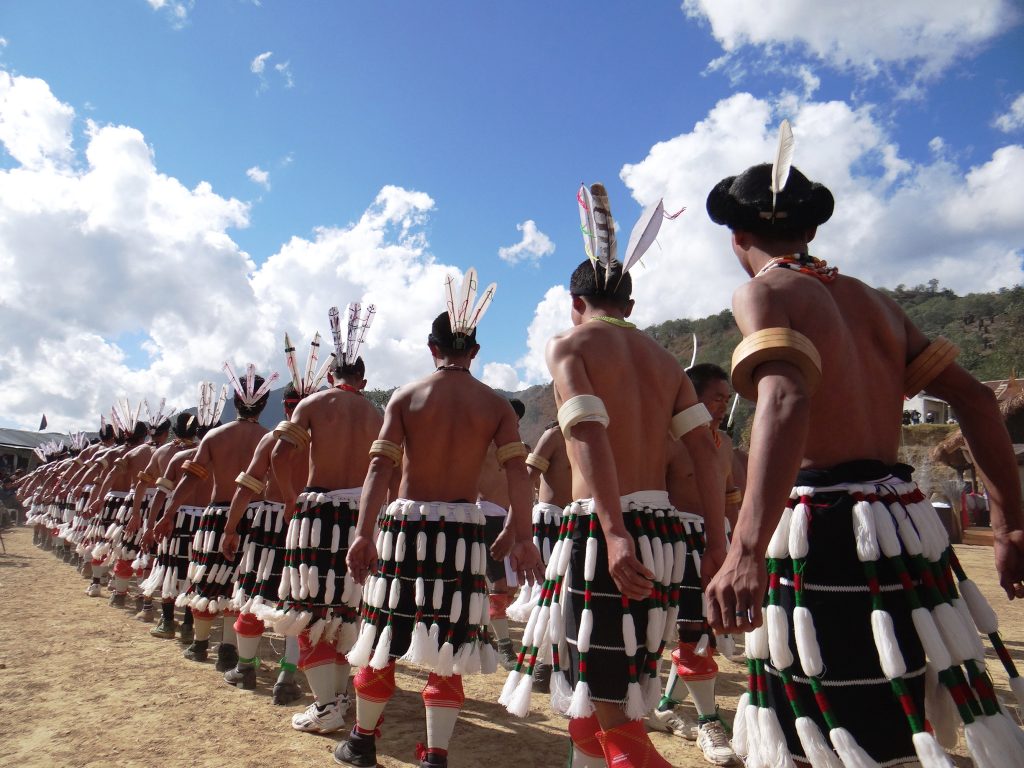Tribes And Festivals
Tribes And Festivals
Angami
Sekrenyi (also known as Phousanyi) is the main festival of the Angami Naga community, primarily celebrated by the Southern Angamis in December and by the Western and Northern Angamis in February. Today, it is commonly observed by all Angamis on February 25th. Sekrenyi marks the beginning of the lunar year and is a time for praying for prosperity and abundance. The festival is seen as a process of purification for both body and soul, helping participants renew and make themselves holy.
Traditionally, Sekrenyi marks the transition from boyhood to adulthood, particularly for young men. The festival is filled with feasting, singing, and displays of cultural attire and adornments. One key part of the celebration is Thekra Hie, during which village youth gather in peer groups to enjoy rice beer and meat, while singing traditional songs.
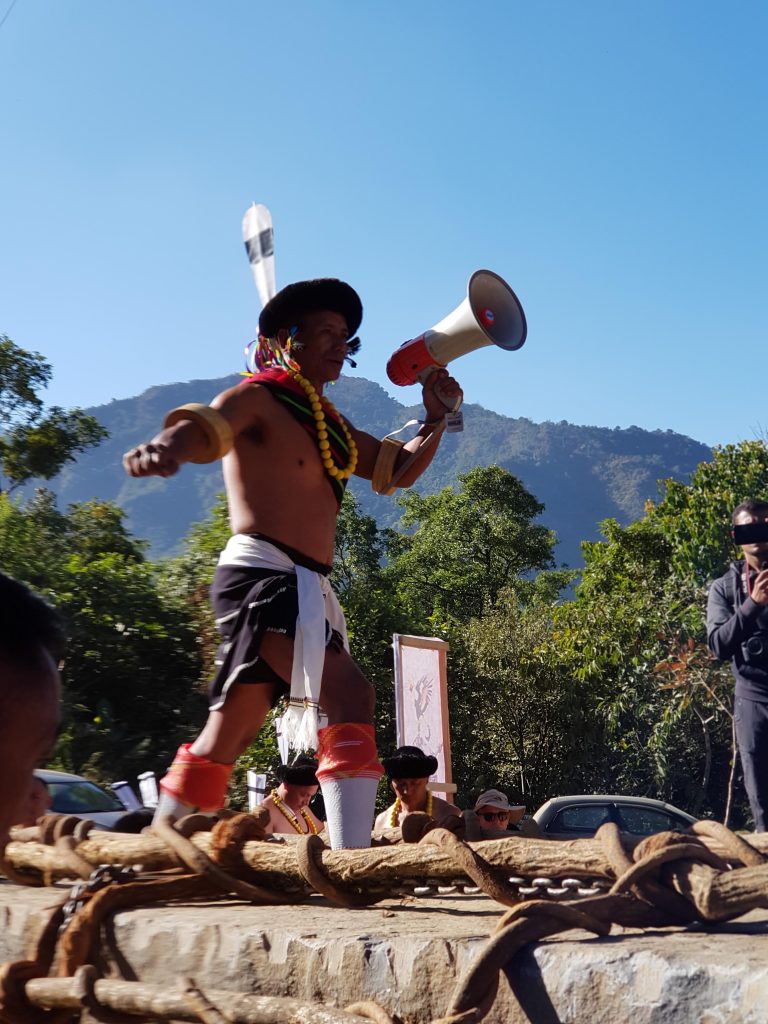
Rituals performed during Sekrenyi include Kizie, Zumho, and Dzuseva, which are aimed at purification. Participants also wear new shawls called mhoushü and Lohe. Major events such as hunting, gate-pulling (Kharu), bridge-pulling (Pe), and inter-village ceremonies (Kidakinyi, vitho) take place in the later part of the festival. During this time, villagers abstain from agricultural work, known as penyie.
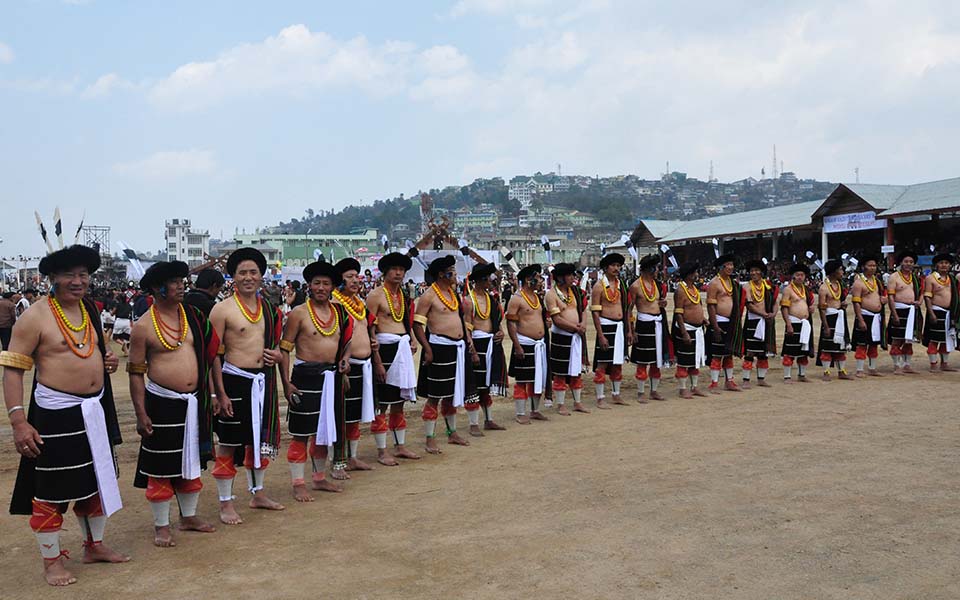
Ao
Moatsü festival is celebrated by the Ao Naga tribes of Nagaland annually in the first week of May. The festival marks the culmination of the sowing season and aims for a prosperous harvest. Various traditions like, communal feasts, traditional sports and games, cultural performances, bonfires are performed. While rituals performed during Moatsü includes repairs and construction of houses by elders of the PutuMenden(Village Council), ploughing of old and New Jhum Kheti, and cleaning up the Tzübu(Water Wells).
The festival brings people together, provides an opportunity for family members and villagers to share experiences and celebrate their cultural identity fostering community bonding.
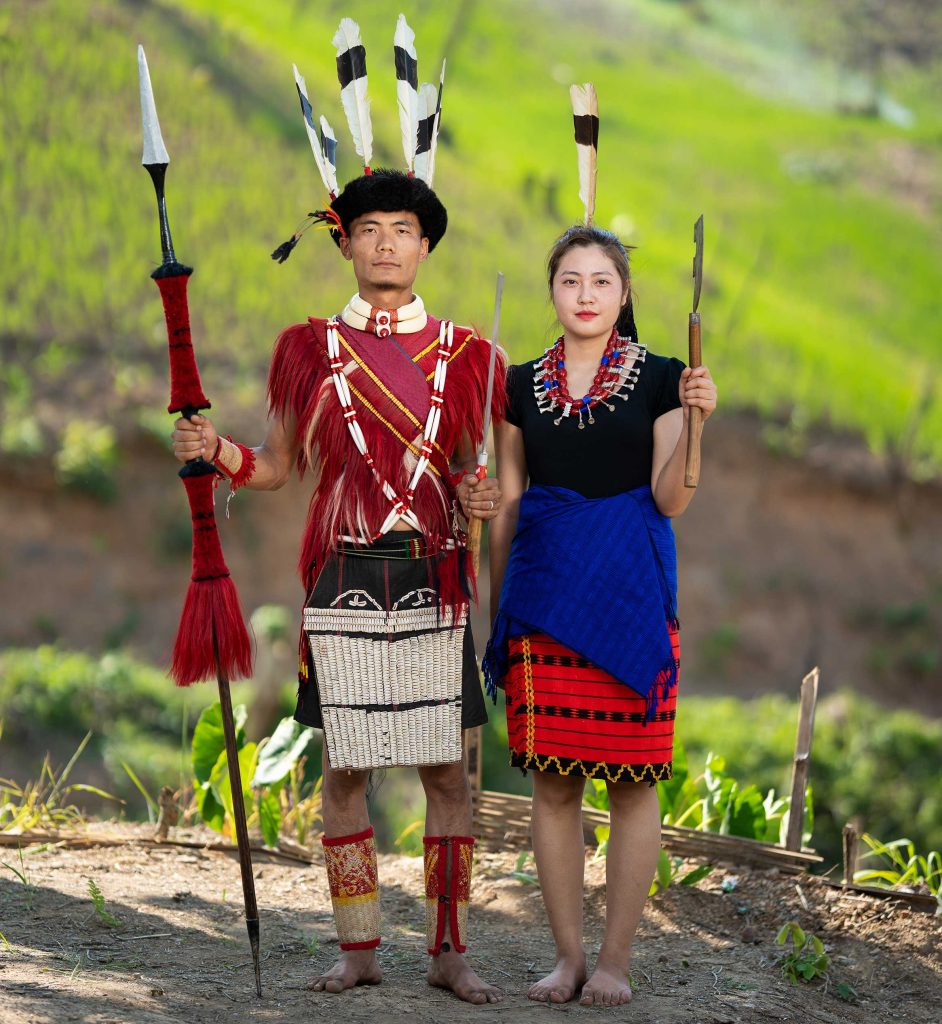
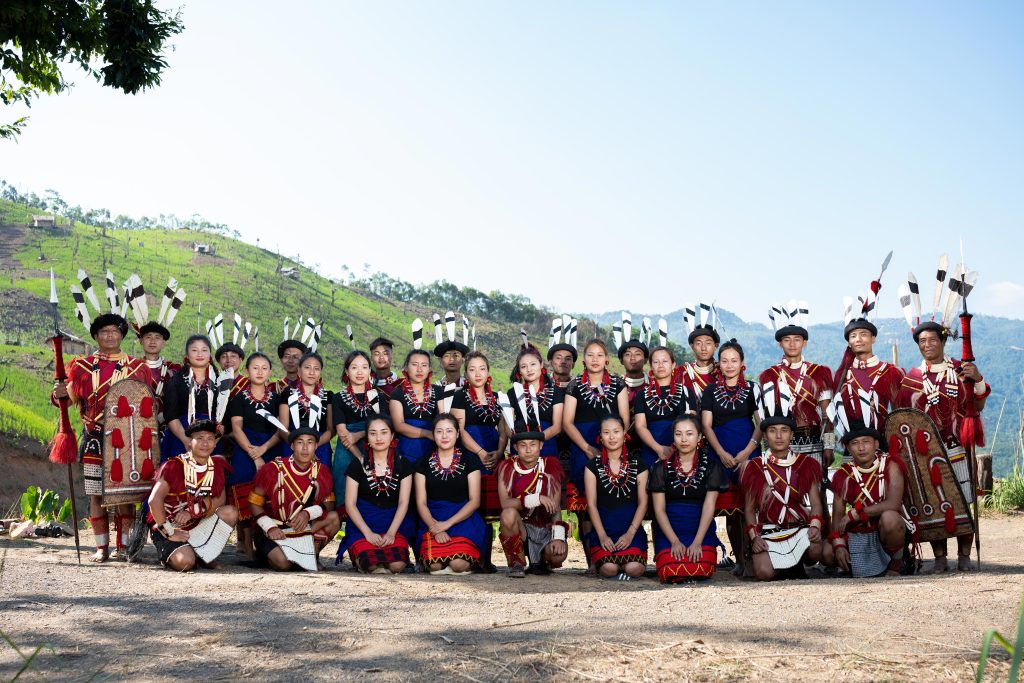
Chakhesang
A new year of activities begins with the arrival of spring; all activities related to sports and entertainment that began after the harvest, cease along with the Tsukhenye festival. The festival lasts for four days – on the first morning, the village
priest sacrifices the first rooster that crows. The men folk purify themselves by bathing in a designated well where no women are allowed. After bathing, they invoke the Almighty for strength, long life, good harvest etc During Sukrenye, considered as the most important Chakhesang festival, the boys and girls are consecrated through religious ceremonies and rituals. Sükrunyi is celebrated over a total of eleven days.
